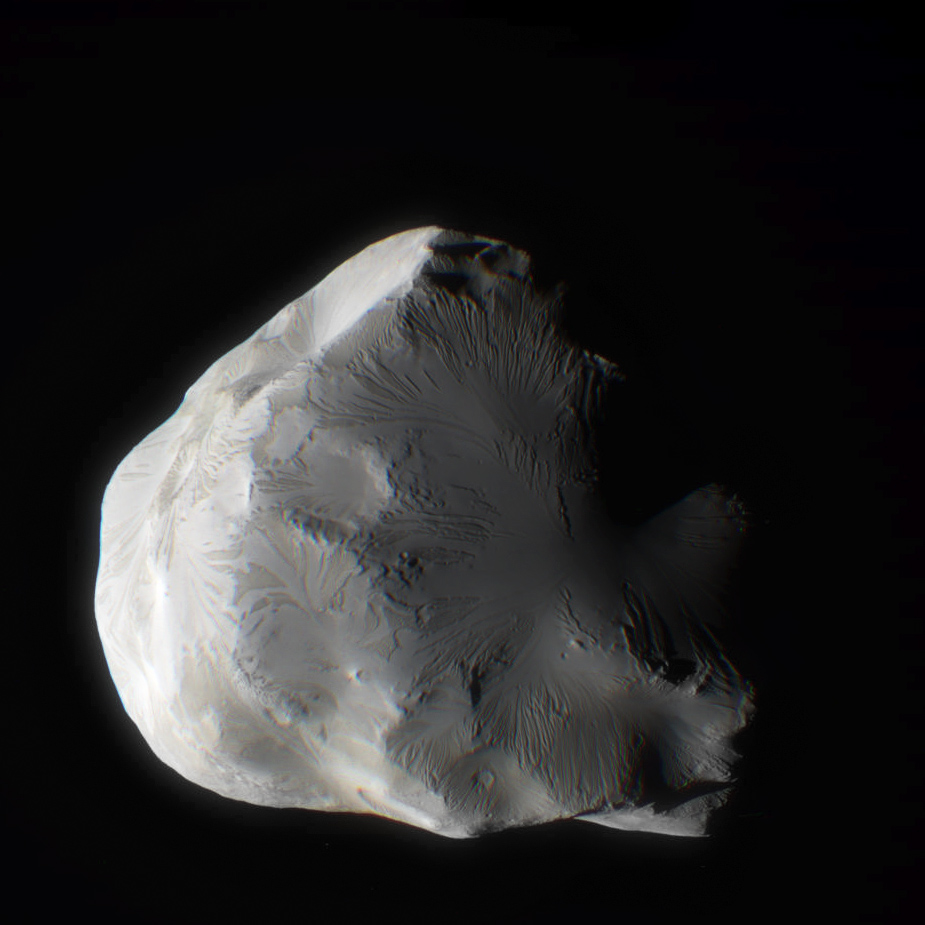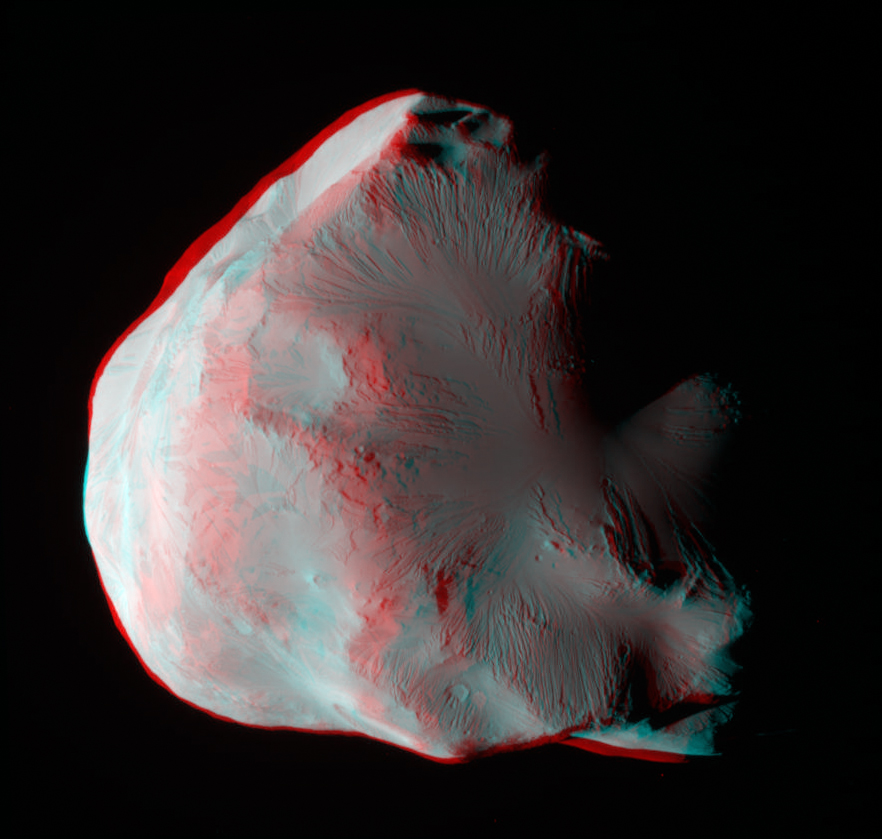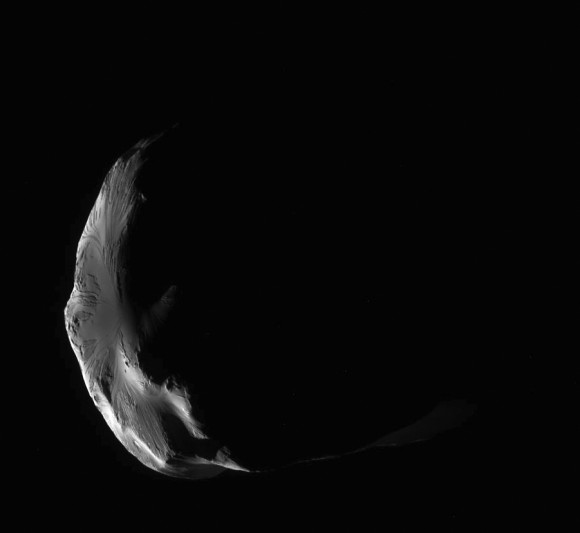OF THE
TIMES
Heaven and hell are eternal places because they are always present at the extremes of human existence, for better or for worse. People are constantly choosing between them, although they are generally not conscious of that in an articulated manner.
But isn't being out of rhythm the reason Kate Bush's "Wuthering Heights" is so (weirdly) mesmerizing? I mean weird in the Macbeth way. And the new...
Now it is clear that the 'Justice system' in the UK will not prosecute the mercenaries returning from the IDF, it should give every reader the...
PedroCarpintero This is generous of you. I should declare at this point that I know my verbose assailant. We have even worked together. A serious...
They expel diplomats to go to Moscow, where, for a change, they are especially invited. The SOTT editorial team makes many reprints from RT, but...
The insights and strategies you've shared are exactly what I needed to take my life to the next level. It's clear that you're passionate about...
To submit an article for publication, see our Submission Guidelines
Reader comments do not necessarily reflect the views of the volunteers, editors, and directors of SOTT.net or the Quantum Future Group.
Some icons on this site were created by: Afterglow, Aha-Soft, AntialiasFactory, artdesigner.lv, Artura, DailyOverview, Everaldo, GraphicsFuel, IconFactory, Iconka, IconShock, Icons-Land, i-love-icons, KDE-look.org, Klukeart, mugenb16, Map Icons Collection, PetshopBoxStudio, VisualPharm, wbeiruti, WebIconset
Powered by PikaJS 🐁 and In·Site
Original content © 2002-2024 by Sott.net/Signs of the Times. See: FAIR USE NOTICE



why did I first think I was looking at a comet?
I wonder when it was captured by Saturn's orbit.